Colombo Kottoo
Sri Lanka Cuisine
Sri Lankan Cuisine
Uniqueness in flavours and aromas
Sri Lankan cuisine is a delightful fusion of flavours, making it one of the most complex cuisines in the world. Its history as a commercial crossroads for East and West, Sri Lankan cuisine is distinguished by its delicate yet balanced use of coconut milk, tropical fruits and vegetables, and locally grown spices. The staples of Sri Lankan cuisine are rice, coconut, and spices, with the undisputed master dish being “rice and curry” – boiled or steamed rice served with a fish or poultry curry, accompanied by other curries made from vegetables, legumes, or fruits and vegetables. The dishes are often accompanied by pickled fruits or vegetables, chutneys, and sambols, especially coconut sambol, a paste of ground coconut mixed with chilli peppers, dried Maldive fish, and lime juice. Each curry in Sri Lanka is unique and fragrant with fresh aromas and spices, making its cuisine truly charming.
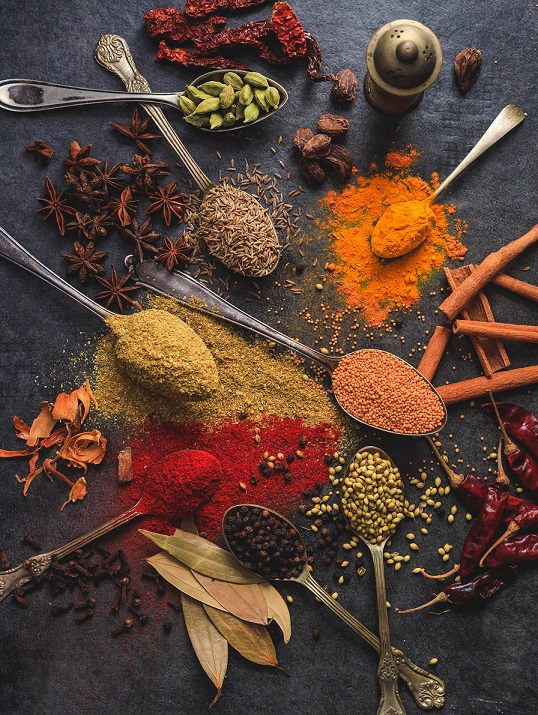
Tropical flavours
Natural herbs, spices and condiments with vegetables and meat create the magic.
Main ingredients of Sri Lankan cuisine

Coconut
In Sri Lankan cuisine, the coconut is a main ingredient and a cornerstone of culinary tradition. It is used in many forms, including coconut milk, coconut oil, and grated coconut, adding richness and depth of flavour to a variety of dishes. A prime example of its culinary use is in preparing coconut sambal, a spicy condiment made with grated coconut, chilli, pepper, and lime juice. From curries to desserts, the coconut’s versatility and unique flavour profile make it an indispensable part of Sri Lankan cooking.
Curry leaves
Curry leaves, known for their distinctively aromatic and citrusy flavour, are a ubiquitous and indispensable ingredient in Sri Lankan cuisine. These vibrant green leaves are often used to infuse hot oil at the beginning of the cooking process, releasing their essential oils and imparting a delightful fragrance to the dish. They are a key component in many Sri Lankan recipes, contributing a subtle yet complex flavour profile to various dishes.

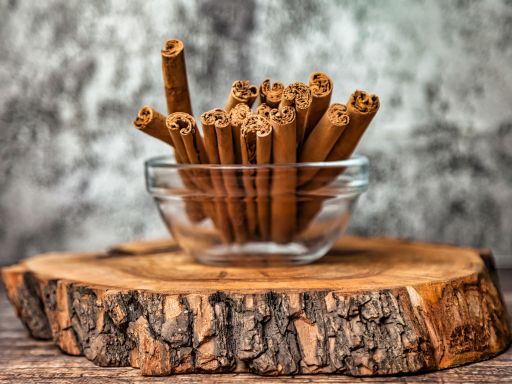
Ceylon cinnamon
With its delicate sweetness and warm aroma, Ceylon cinnamon is more than just a spice in Sri Lankan cuisine; it’s the soul. Grown and nurtured on the island’s sun-drenched soil for centuries, Ceylon cinnamon weaves its magic into every dish, from savoury curries to fragrant desserts. (The keyword here is “Ceylon Cinnamon”, as there is a substitute for Ceylon cinnamon called cassia, which is toxic to the human body)
Ceylon Cinnamon bears some unbelievable health benefits, too.
Pepper
Sri Lankan pepper, also known as Ceylon pepper, is a key ingredient in Sri Lankan cuisine, renowned for its high quality and distinct pungency. It is used in the spice blends of curries, added to pickles and relishes, and even cracked over fresh tropical fruit with salt, sugar, and chilli. The taste of Sri Lankan black pepper is richly aromatic, with floral and citrus notes, while retaining a strong pungency. It is often used as a finishing touch on dishes, adding a unique depth of flavour to meat, fish, and vegetables. Sri Lankan pepper is a culinary delight and a testament to the island’s rich spice heritage.


Chilli
In Sri Lankan cuisine, chilli isn’t just a source of heat; it’s a vibrant dance of flavour, aroma, and texture. From fiery curries to cooling sambals, chilis adds depth and complexity to every dish.
Chilies come in different heat-levels, from mild heat to extremely fiery variants available in different forms, colours and sizes.
Also, chilies are processed in different forms as well. Dry and make a powder from it called chilli powder. The dried chili is also processed as flakes to add different colours, tastes and textures.
Curry powder
Sri Lankan curry powder is a distinctive spice blend that reflects the rich and complex flavours of Sri Lankan cuisine. This aromatic mixture typically includes a combination of ground coriander, cumin, fennel, cinnamon, cloves, cardamom, and curry leaves. The proportions of these spices can vary, allowing for various flavours from mildly spiced to more robust and intense.
What sets Sri Lankan curry powder apart is the inclusion of curry leaves, which impart a unique citrusy and slightly nutty flavor to the blend. The use of whole spices that are toasted and ground enhances the depth of the curry powder, contributing to the authentic taste of Sri Lankan dishes. This versatile spice blend is a key ingredient in many Sri Lankan recipes, adding depth and complexity to curries, stews, and other traditional dishes.
Curry powder comes in roasted and raw forms, giving distinct aromas and flavours.
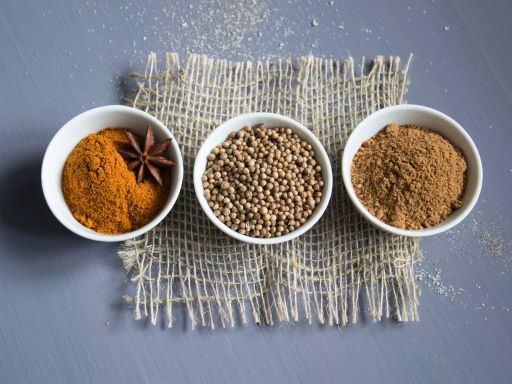
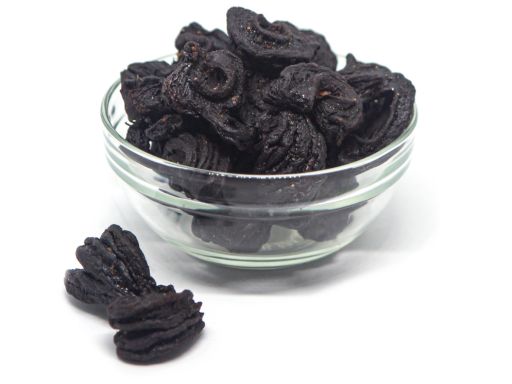
Goraka (Garcinia, brindleberry)
Goraka, or Garcinia cambogia, is a tropical fruit commonly used in Sri Lankan cooking to impart a distinctive sour flavour to various dishes. The small, pumpkin-shaped fruit contains hydroxy citric acid, contributing to its tart taste. In Sri Lankan cuisine, goraka is often added to curries, stews, and fish dishes, acting as a natural souring agent and thickening agent, enhancing the overall flavour profile. It is particularly popular in fish curries, where its sourness complements the richness of coconut milk. Goraka is typically used in its dried form and is added to the cooking process either whole or as a powder. This unique ingredient adds a tangy element to Sri Lankan recipes and offers potential health benefits, as some studies suggest that Garcinia cambogia may have antioxidant and weight-management properties.
Lemmongrass
Lemongrass is a fragrant herb widely utilized in Sri Lankan cooking to infuse dishes with a citrusy and aromatic essence. With its long, slender stalks and subtle lemon flavour, lemongrass is a key ingredient in many Sri Lankan curries, soups, and stews. The outer layers of the stalk are often tough and are typically used to infuse liquids, while the tender inner portions are finely chopped or pounded to release their intense flavour. Lemongrass imparts a refreshing and zesty note to Sri Lankan cuisine, contributing a unique and essential element to the country’s diverse culinary landscape. Its vibrant taste complements other spices and herbs, enhancing the overall complexity of dishes and providing a distinctive tropical flair.
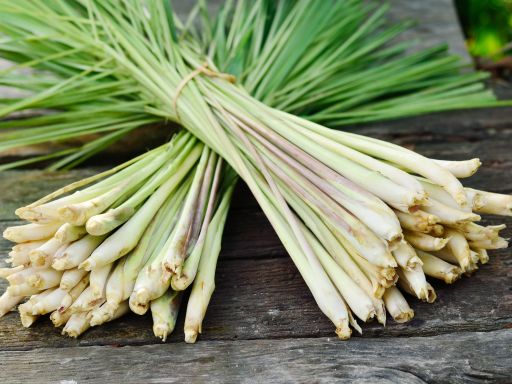
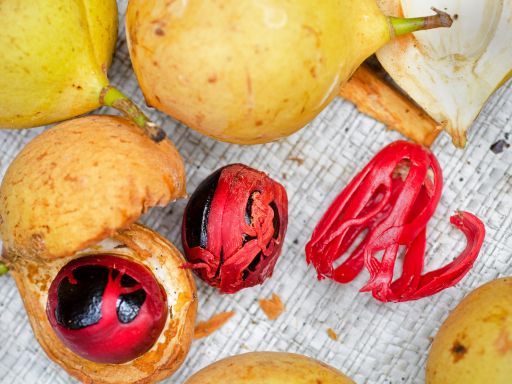
Nutmeg and Mace
Nutmeg and mace are aromatic spices integral to Sri Lankan cooking, contributing warmth and depth to various dishes. Derived from the fruit of the nutmeg tree (Myristica fragrans), nutmeg is the seed, while mace is the crimson-coloured aril surrounding it. Both spices possess a rich, sweet, and slightly nutty flavour. In Sri Lankan cuisine, they are often used in spice blends, particularly in biryanis, curries, and desserts. Ground nutmeg adds a comforting and earthy note to creamy dishes like coconut milk-based curries, while mace provides a subtle and complex aroma. These spices are prized for their ability to enhance both savoury and sweet preparations, making them key components in Sri Lankan culinary traditions, where the artful use of spices is a defining characteristic of the cuisine.Top of Form
Pandan leaves
Pandan leaves, known as “rampe” in Sri Lanka, are a fragrant and versatile ingredient widely employed in Sri Lankan cooking. These long, bright green leaves from the pandanus plant impart a distinct sweet and floral aroma to various dishes. Commonly used in rice dishes, curries, and desserts, pandan leaves enhance the overall flavour profile and add a subtle, refreshing note. In Sri Lankan cuisine, they are often tied into knots or folded before being added to cooking, allowing their essence to infuse the dish. Pandan leaves are especially popular in rice preparations like biryani, where they contribute both fragrance and a subtle sweetness. Beyond their aromatic qualities, pandan leaves are also appreciated for their natural green colour, which can enhance the visual appeal of various culinary creations.
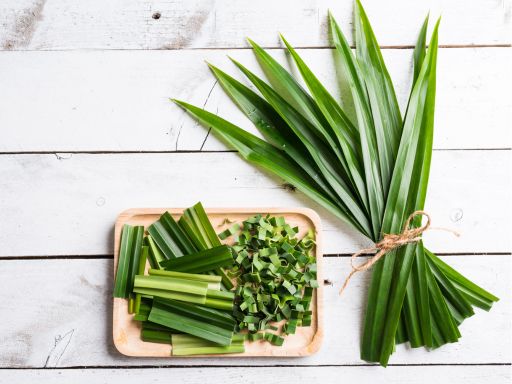

Coriander
Coriander seeds are a fundamental spice in Sri Lankan cooking, contributing a warm and citrusy flavour to various dishes. These seeds, obtained from the coriander plant (Coriandrum sativum), are essential to many spice blends and curry powders in Sri Lankan cuisine. Roasted and ground coriander seeds add depth and complexity to curries, stews, and sambols, enhancing the overall balance of flavours. The spice is often used with other spices like cumin, fennel, and cinnamon to create a harmonious blend that characterises Sri Lankan dishes’ robust and aromatic nature. Beyond their culinary role, coriander seeds are also believed to have digestive and health-promoting properties, making them a valued ingredient in traditional and modern Sri Lankan culinary practices.
Cumin seeds
Cumin seeds are a distinctive and aromatic spice widely employed in Sri Lankan cooking, imparting a warm, earthy flavour to many dishes. Sourced from the Cuminum cyminum plant, these small, crescent-shaped seeds are a key component of various spice blends and curry powders in Sri Lankan cuisine. Roasted and ground cumin seeds are often integral to preparing curries, dals, and rice dishes, contributing depth and complexity to the overall flavour profile. The spice is frequently combined with other staples like coriander, cardamom, and cinnamon, creating a harmonious blend that characterises the bold and flavorful nature of Sri Lankan culinary traditions. Cumin seeds add a distinctive taste to dishes and bring a warm and comforting quality that enhances the authenticity of Sri Lankan cuisine.

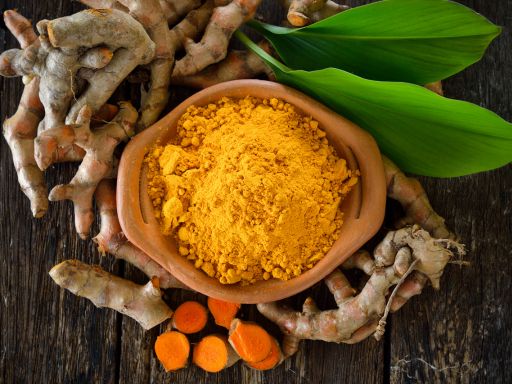
Turmeric
Turmeric, with its vibrant golden hue and earthy flavour, is a staple spice in Sri Lankan cooking, playing a central role in many traditional dishes. Derived from the Curcuma longa plant, turmeric is used in its fresh root form and dried, powdered state in Sri Lankan cuisine. Besides lending a warm and slightly bitter taste, turmeric imparts a rich colour to curries, rice dishes, and other recipes. It is a key ingredient in curry powders, adding depth and warmth to the overall flavour profile. Additionally, turmeric is celebrated for its potential health benefits, including anti-inflammatory properties. In Sri Lankan culinary traditions, turmeric is not just a spice but also a symbol of flavour, colour, and the cultural richness inherent in the diverse dishes that make up the country’s vibrant cuisine.
Ginger
Ginger is a versatile and aromatic spice that holds a prominent place in Sri Lankan cooking, contributing a zesty and slightly pungent flavour to a wide range of dishes. Derived from the rhizome of the Zingiber officinale plant, ginger is used in both its fresh and dried forms in Sri Lankan cuisine. It adds a distinctive warmth to curries, soups, and stews, enhancing the overall depth and complexity of flavours. Freshly grated or sliced ginger is often a key component in spice pastes and marinades, offering a lively and fragrant kick to meat, seafood, and vegetable dishes. In addition to its flavour-enhancing role, ginger is appreciated in Sri Lankan culinary traditions for its potential health benefits, including digestive properties. Whether used in savoury curries or sweet treats, ginger is a fundamental ingredient that elevates the taste and aroma of many Sri Lankan culinary creations.

Contact us
